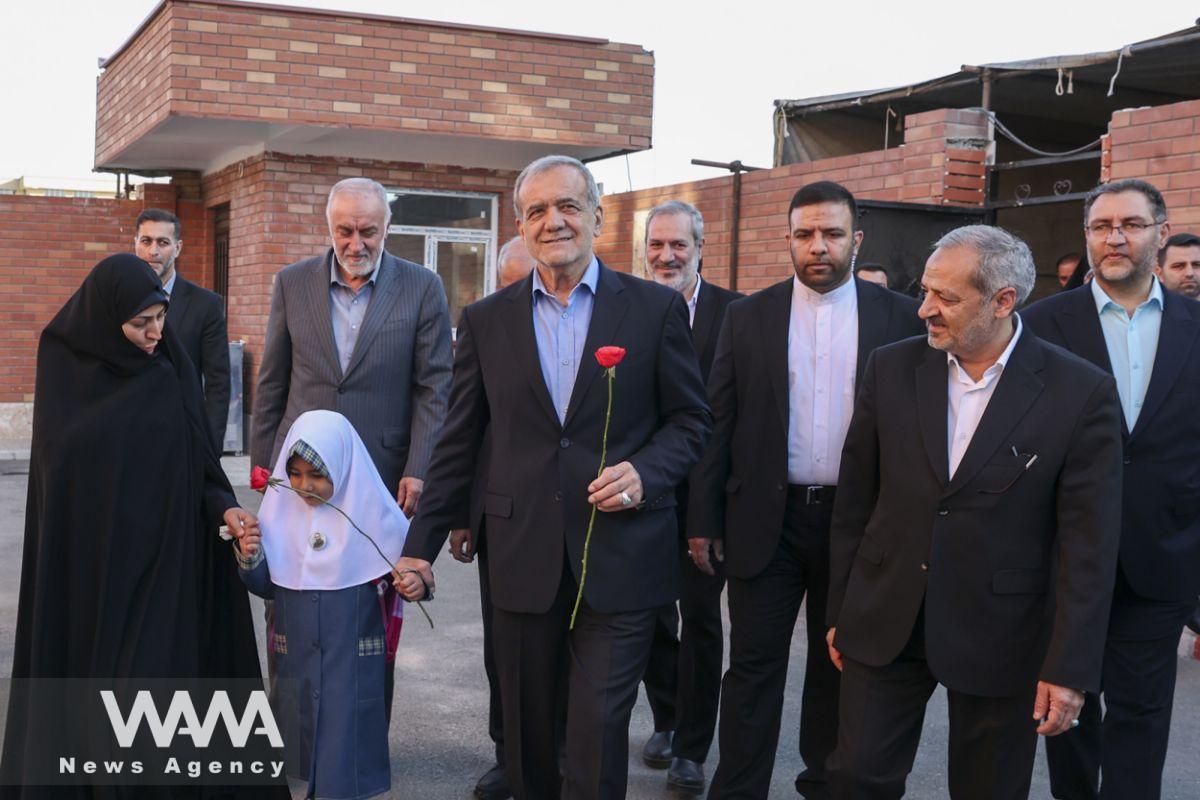A New Season of Learning: Embracing Challenges as Schools Reopen in Iran
WANA (Sep 22) – The twenty-second of September, coinciding with the onset of autumn, marks a significant transition in students’ lives in Iran: the reopening of schools. While this reopening brings abundant opportunities for growth and development for the country’s youth, it also presents unique challenges.
After spending three months of a summer vacation filled with relaxation and fun, students who enjoyed carefree days must now return to a routine marked by discipline. This transition comes with restrictions on their sleep and wake times, which they impose on themselves or are enforced by their parents. However, it would be nice if the challenge were only about adjusting sleep schedules!
Students must now prepare themselves for various exams, ranging from difficult to easy. Short and long assignments and potential penalties for delay or failing to complete homework await them. Additionally, their screen time with mobile phones, laptops, and tablets will be reduced. Saying goodbye to long hours of video gaming or browsing social media will not be easy for many accustomed to living in a technology-driven world.
The reopening of schools does not challenge only students; parents, too, face a renewed set of responsibilities, as if reliving their school days—but this time, with twice the burden. Parents embark on a nine-month mission to support their children’s education, from preparing meals and clothing to assisting with homework and overseeing their daily commutes.

The school reopening ceremony for the academic year with the presence of Masoud Pezeshkian, Iran’s President, September 22, President.ir/ WANA News Agency
The effects of the school year’s start extend beyond the home and into the streets of cities. Urban landscapes are suddenly filled with eager students, buzzing with energy and excitement on their way to school. In major cities, this surge in activity is accompanied by heavy morning traffic, adding a new layer of difficulty for working adults who must now contend with the challenge of getting to work on time.
To alleviate some of these difficulties, several measures have been implemented. These include flexible working hours, particularly during the first two weeks of the school year, and increased buses available. In some cities, public transportation, such as buses and subways, is even free for students during the first week of the academic year.
As is tradition each year, the President of Iran attends the school reopening ceremony, rings the school bell, and asks the students a question. Masoud Pezeshkian, marking his inaugural participation in this event, asks, “What is the way to achieve harmony in school?”
He emphasizes that “our problem in the country is needless conflicts. These disagreements strip us of our power and hinder our ability to address the people’s issues. In the face of our adversaries, we cannot unite.”
The President underscored that unity is our primary strength, warning that hostility and undermining one another can destroy a nation from within. He encouraged students to learn to collaborate and support each other, stating, “If you learn to work together and join hands, you can build a future for this country based on friendship and solidarity. We must also assist you in this journey.”
The reopening of schools on the twenty-second of September symbolizes a return to routine and an opportunity for the growth and flourishing of students and their families.
While it comes with fresh challenges, this period marks a new beginning and a chance for a generation to step forward in shaping the future of their country. Students can cultivate a harmonious environment that ultimately contributes to the nation’s progress by fostering cooperation and understanding.

The school reopening ceremony for the academic year with the presence of Masoud Pezeshkian, Iran’s President, September 22, President.ir/ WANA News Agency












